In the realm of Asian cuisine, soy sauce stands as a cornerstone ingredient, adding depth, flavor, and color to a myriad of dishes. However, for those new to the culinary arts or simply exploring the nuances of Asian cooking, the distinction between light soy sauce (shengchou) and dark soy sauce (laochou) can often be confusing. Both are derived from fermented soybeans, wheat, water, and salt, yet their unique characteristics and intended uses set them apart. This comprehensive guide aims to demystify the differences between light soy sauce and dark soy sauce, providing insights into their production, appearance, taste, and culinary applications.
Understanding the Basics
To begin with, it’s essential to grasp the fundamental aspects of soy sauce production. The traditional process involves soaking, steaming, and mashing soybeans along with wheat, followed by fermentation with Aspergillus mold. This fermentation can last anywhere from several months to over a year, depending on the desired flavor profile and color intensity. During this time, complex flavors develop, ranging from savory and umami-rich to subtly sweet and tangy.
Light Soy Sauce: The Essence of Flavor
Light soy sauce, as its name implies, is characterized by its lighter hue, which ranges from amber to a pale brown. This lighter coloration is a result of a shorter fermentation period compared to dark soy sauce, typically lasting around six months to a year. The reduced fermentation time allows for the retention of a brighter, more vibrant flavor profile, making light soy sauce ideal for dishes where its delicate taste and subtle color enhancement are desired.
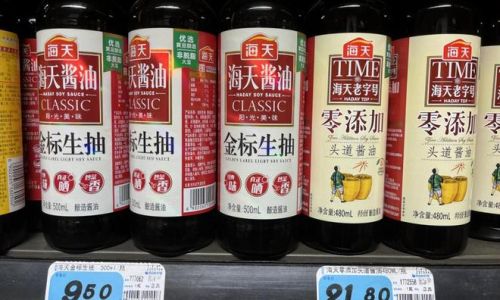
In terms of taste, light soy sauce offers a balanced blend of saltiness, sweetness, and umami. Its mild flavor makes it an excellent all-purpose seasoning, suitable for marinades, dipping sauces, stir-fries, and soups. Light soy sauce’s ability to enhance the natural flavors of ingredients without overpowering them is what makes it a staple in many kitchens, particularly those specializing in Cantonese and other southern Chinese cuisines.
Dark Soy Sauce: The Art of Color and Richness
Conversely, dark soy sauce undergoes a longer fermentation process, often exceeding a year. This extended period allows for the caramelization of sugars present in the soybeans and wheat, resulting in a darker, richer color that can range from deep amber to almost black. The caramelization also contributes to a more robust, slightly sweet flavor profile with hints of molasses or toffee.
Dark soy sauce’s primary role in cooking is to add depth and color to dishes. It is particularly favored in northern Chinese cuisines, where its rich hue and robust flavor complement hearty stews, braises, and roasted meats. The added sweetness and caramelized notes also make it an excellent choice for glazes and marinades, where it can create a beautiful, glossy finish on grilled or roasted foods.

Visual and Sensory Differences
Beyond their distinct colors, light and dark soy sauce can be differentiated through their aroma and taste. Light soy sauce has a fresh, clean aroma with a slightly tangy edge, while dark soy sauce boasts a deeper, more complex scent reminiscent of caramel and aged wood. Tasting them side by side reveals light soy sauce’s brighter, saltier profile versus dark soy sauce’s smoother, sweeter taste with a hint of bitterness from the longer fermentation.
Culinary Applications and Substitutions
When deciding between light and dark soy sauce in recipes, consider the desired outcome. For dishes that require a light touch of seasoning and minimal color alteration, light soy sauce is the go-to choice. Examples include light stir-fries, steamed dishes, and soups where the soy sauce serves to enhance rather than dominate the flavors.

Conversely, dark soy sauce should be reserved for recipes calling for a darker appearance and richer, sweeter flavors. It’s indispensable in braises, stews, and glazes, where its ability to add color and depth is crucial. When substituting one for the other, be mindful of the potential impact on both flavor and appearance. Substituting dark soy sauce for light in a delicate dish may result in an overly sweet or dark final product, while using light soy sauce in place of dark in a braise could yield a dish lacking in color and richness.
Exploring Beyond the Basics
Beyond traditional light and dark soy sauce, there exists a vast array of soy sauce varieties, each with its unique characteristics. These include low-sodium soy sauce for health-conscious cooks, tamari for gluten-free diets, and mushroom-based soy sauce for a vegetarian twist. Experimenting with these variations can add new layers of flavor to your cooking and expand your culinary horizons.
Conclusion
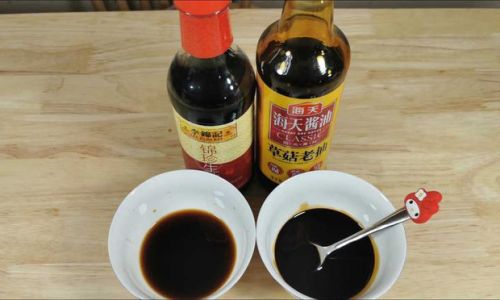
In summary, distinguishing between light soy sauce and dark soy sauce is crucial for achieving the desired flavor, color, and texture in your Asian-inspired dishes. By understanding their production processes, flavor profiles, and culinary applications, you can harness their unique qualities to elevate your cooking. Whether you’re perfecting a classic stir-fry, crafting a rich braise, or simply seeking to enhance the flavors of your everyday meals, the right soy sauce can make all the difference. So, the next time you reach for that bottle of soy sauce, remember: it’s not just about adding soy, it’s about adding soul to your cuisine.
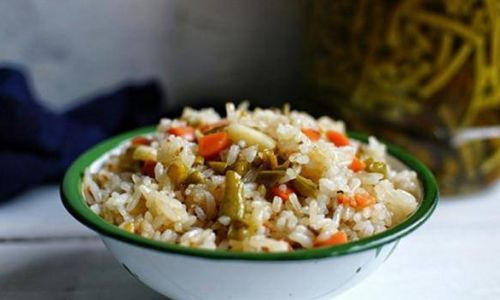
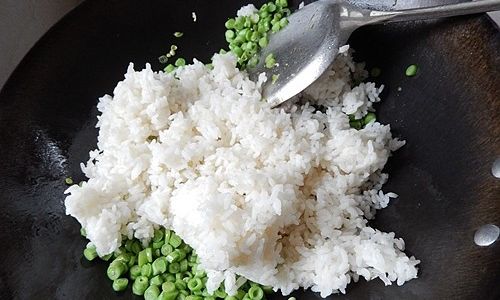
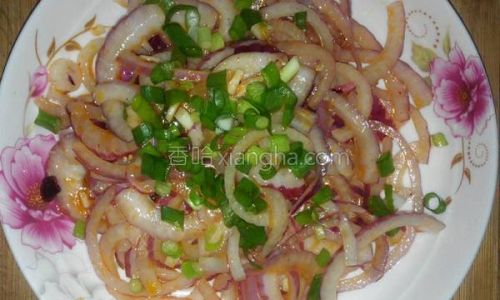
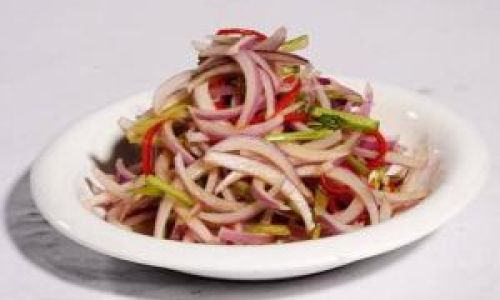
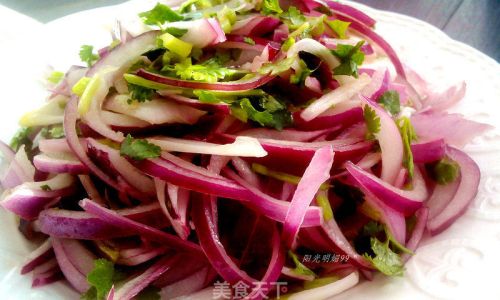
0 comments